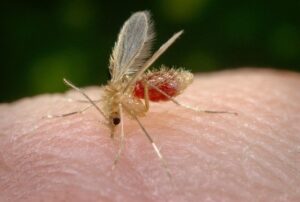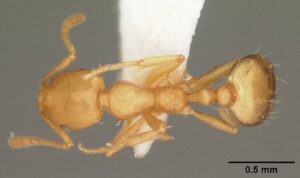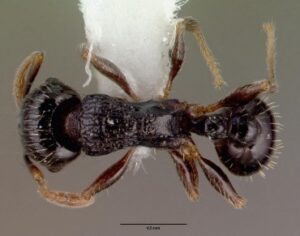Ghost Ant
General Description
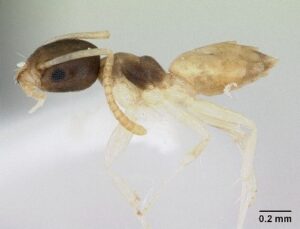 |
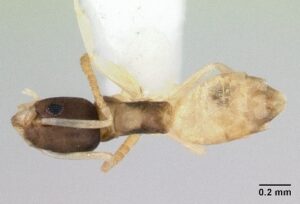 |
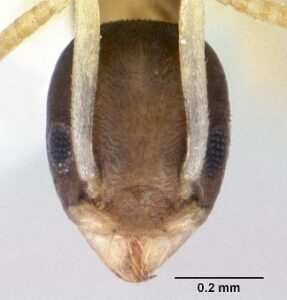 |
Credit: April Nobile, www.antweb.org
- Ghost ant workers are extremely small, 1.3 to 2.0 mm long and dark brown in color.
- Their legs and antennae are much longer in proportion to the other parts of their body compared to what is normal for other house-infesting ants.
- They have 12-segmented antennae with the segments gradually thickening towards the tip. Antennal scape surpasses the occipital border.
- Head and thorax are deep dark brown with gaster and legs opaque or milky white. The thorax is spineless.
- The gaster (swollen part of the abdomen) has a slit-like anal opening that is hairless.
- The abdominal pedicel (stalk-like structure immediately anterior to the gaster) consists of one segment that is usually hidden from view dorsally by the gaster.
- Stingers are absent.
- The small size, combined with the pale color, makes ghost ant workers hard to see and gives them their characteristic name.
Life Cycle and Common Characteristics
- Ghost ants can develop very large colonies, with many queens.
- It can enter buildings or homes through exterior openings for utility lines or around door or window castings.
- They generally nest outdoors under mulch, rocks, boards, or items, or under loose bark of trees.
- Inside houses they are found behind baseboards, shower curtain rods, and potted plants.
- Foraging activity is typically concentrated in kitchens. They are attracted to honeydew-secreting insects and are observed to feed on dead and live insects
- They are especially fond of sugary food.
- Outside, they nest in the soil next to foundations, shrubs, porches, and trees.
- Workers excrete a distinct rotten coconut odor when crushed.
- The ants cannot withstand desiccation and thrive well in humid habitats.
Damage and Economic & Medical Implications
- It is observed as a significant urban pest capable of infesting residential kitchens and commercial food outlets in large numbers.
- It is a generally annoying pest.
- The health impacts of the ghost ant vary Some people suffer a slight irritation of the skin following contact with this ant.
- It can be found in hospitals and is capable of transporting pathogenic microbes including several types of


